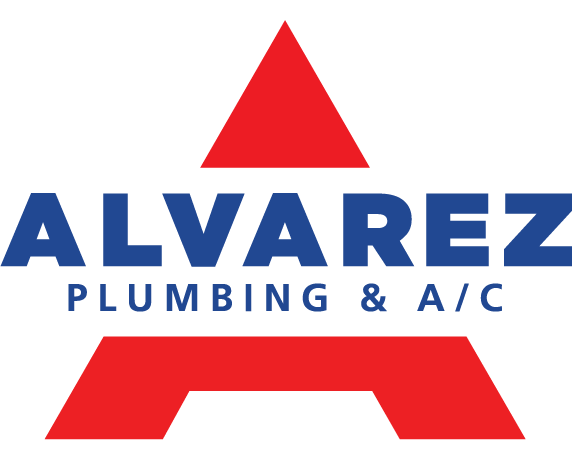1. You may not know exactly what is right with your pipes, but you can quickly spot what is wrong.
You don’t need to be an experienced plumber to know when you have a plumbing issue. There is a level of common sense that goes into doing a basic inspection of your pipes. Take a look at the visible pipes in your house, just to make sure they look good. Do you see rust? Corrosion? Water stains around the pipe, wall or floor? Homeowners don’t routinely check their pipes until a puddle of water occurs somewhere, and by then, the cost of repairs can skyrocket.
2. A stuffed sink can spring a leak.
We are all guilty of flushing something down the drain that we know can cause a clog, a little bit of hair, some dirt? We think it’s just that one time, but these items can stay in our drains and build up a nasty clog over time. It is always a good idea to look under the sink and make sure there are no leaks in the pipes.
3. Set back the spigot valve.
In some cases, a hose bib should be installed, especially if the pipe is going through a cement foundation. The hose bib allows you to shut off the water closer to the house.
4. Radiators need a good level and an open valve.
Check the pitch of the radiator and make sure it is pitched back toward the source of the steam. Having it set up this way will route the drainage of the condensed water back to the boiler.
5. A leaky water heater is a dead water heater.
One of the most common water heater problems is the wearing of the heater’s lining, thus causing water to drip from the base. If a lot of water is dripping, call the manufacturer and provide the model number; it might still be under warranty.
6. Don’t blow a gasket, replace it.
Water dripping from a shower head is most often caused by a defective washer. First, isolate the water to the shower, then disassemble the handles and take out the stem where the washer is. Replace and reinstall. It’s that simple.
7. Trace the trap leak back to the wall.
Sometimes leaks occur on the back side, where the pipe connects to the wall. If this is the case, you will have to disassemble the drain work. Sometimes you can first try tightening it to see if that stops the leak. Otherwise, you are in for a small project.
8. Washers and o-rings are cheaper than a new fixture.
If a washer is worn, even though you squeeze it, you may still need to remove the old washer and put a new one in. Washers and o-rings are very inexpensive, so don’t worry about trying to save or re-use them.
9. Mechanical faucets never last forever.
A faucet is a mechanical item, so eventually, it is going to leak. Sometimes you might be able to fix, it but after a while, it may be cheaper to get a new one.
If you have any questions about this, feel free to call one of our experts at Alvarez Plumbing and Air Conditioning. You can reach us by social media, email, or simply by calling us at (813) 655-7520!



Recent Comments